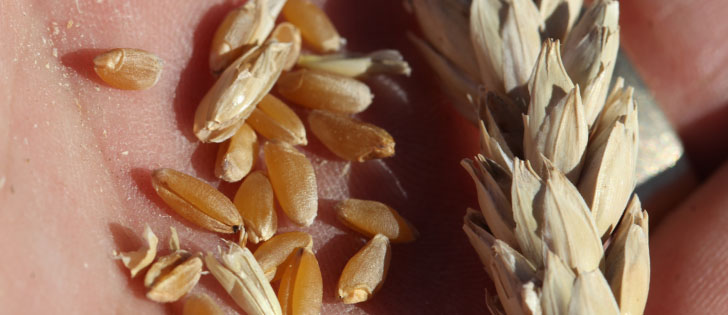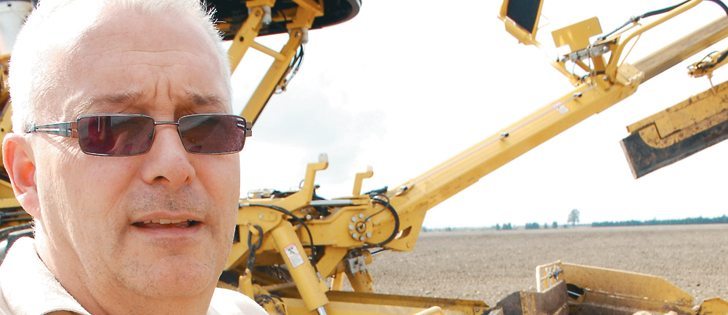His theory may go against conventional wisdom, but an Alberta farmer says calcium is causing yield boosts associated with applying wood ash to acidic soils.
Peter Lundgard, who farms near Peace River, Alta., said wood ash can be an effective soil amendment but its effect in treating soils has less to do with soil pH than people think.
Lundgard, who also is an agronomist with Brookside Laboratories, an agricultural consultancy based in Ohio, hasn’t applied wood ash on his farm. But he has worked with several farmers in the Peace River region who have amended soils with ash.
Read Also

Gap in emission regulations hamstrings Canadian hybrid truck manufacturer
A B.C. company building hybrid engines for heavy trucks says they have the opportunity to build something leading edge in Canada, but our own laws are stopping them from doing it.
What’s actually happening, Lundgard noted, is that the wood ash is injecting much needed calcium into the soil.
“When your calcium is low, (if ) you add calcium you are going to balance some of the other base elements… (such as) magnesium, potassium and sodium,” said Lundgard, an organic farmer who produces alfalfa seed and raises beef cattle.
“That’s why people have been putting on calcium for centuries.”
Lundgard’s thoughts on calcium came in response to an article in the July 7 edition ofThe Western Producer. We reported that applying wood ash can be an effective method to neutralize naturally acidic soils, like the grey-wooded soils of Western Canada.
A paper prepared by Tarlok Singh Sahota, a researcher at the Thunder Bay Agricultural Research Station in Ontario, confirms Lundgard’s observation that wood ash is mostly calcium.
If ten tons of wood ash was applied to a field, it would contribute:
• 335 kg of calcium
• 48 kg of potassium
• 33 kg of magnesium
• 15 kg of sodium
• 12 kg of phosphorous
• 12 kg of manganese
• 10 kg of sulfur
• And smaller amounts of other elements, such as copper, zinc and cobalt.
Since calcium is the primary ingredient in wood ash it only makes sense that it is improving soil fertility, Lundgard said.
“(If ) your soil is starving for calcium, it imbalances all the other elements,” said Lundgard, whose soil management philosophy is based on the work of William Albrecht, a former University of Illinois soil scientist who passed away in the 1970s. Albrecht believed soil is most productive when it contains the proper mineral balance.
Ideally, the mineral balance should be 68 percent calcium, 12 percent magnesium and a certain amount of other elements, such as potassium and sodium, Lundgard said.
Yet, Lundgard readily admits that most scientists discount the idea that calcium is critical to soil fertility.
“It’s not talked about very much at all…. I don’t know why, but it’s not well known in the mainstream.”
Mainstream scientists may ignore calcium but Peter Eggers, who farms near La Glace, Alta., believes the calcium in wood ash will significantly improve yields on his farm.
Over the last couple of years, Eggers has trucked wood ash from a nearby mill and has applied it on his land with a manure spreader.
If all goes according to plan he expects the wood ash to double the productivity of his forage and crop land, in the short and long term.
“The long term calculation is going to be extremely positive,” said Eggers, an organic farmer who raises beef cattle and sheep. Amending his land won’t be cheap. Eggers estimated it costs him $500 to $700 per acre to apply wood ash to his fields.
“The ash itself isn’t expensive but you need equipment and it’s a very big volume product…. Depending on the field… anywhere between two and 13 tonnes per acre,” said Eggers, who noted it takes 80 tractor hours to spread the ash over a quarter section.
The time and money is well worth it, he explained, because wood ash contains valuable nutrients.
“The trees came from the land so the nutrients should (be) recycled onto the land.”















